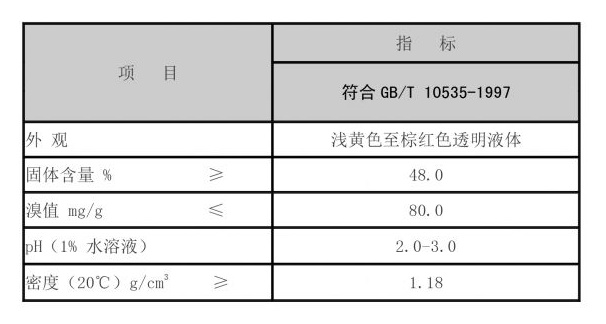water coagulation and flocculation
Understanding Water Coagulation and Flocculation Essential Processes in Water Treatment
Water is an indispensable resource for human life, and maintaining its quality is crucial for public health and environmental sustainability. Among the various methods used in water treatment, coagulation and flocculation stand out as effective processes designed to remove suspended solids and impurities. This article explores the fundamentals of these processes, their mechanisms, and their significance in ensuring clean water.
Understanding Water Coagulation and Flocculation Essential Processes in Water Treatment
Once coagulation occurs, the next stage is flocculation. This process involves the gentle mixing of water to encourage the agglomeration or clumping together of the destabilized particles into larger aggregates known as 'flocs.' Flocs are heavier and can be more easily removed during subsequent treatment stages. The flocculation process typically involves the addition of polymeric substances, which act as bridging agents, helping the smaller particles to adhere to one another and to form larger, more settleable masses.
water coagulation and flocculation

The effectiveness of coagulation and flocculation processes depends on various factors, including pH, temperature, mixing intensity, and the types of coagulants used. For instance, the pH of the water can significantly influence the performance of coagulants, as certain coagulants work best within specific pH ranges. The mixing intensity during flocculation is also critical; too vigorous mixing can break apart fragile flocs, while inadequate mixing may not promote sufficient particle collision for effective floc formation.
Once flocs have formed, they can be removed from the water through a variety of methods, including sedimentation and filtration. Sedimentation allows the denser flocs to settle at the bottom of a treatment tank, from where they can be easily collected. Filtration, on the other hand, involves passing the water through porous media that traps floc particles, further purifying the treated water.
The importance of coagulation and flocculation in water treatment cannot be overstated. These processes not only improve the aesthetic quality of water by eliminating turbidity and color but also enhance its safety by removing pathogens and harmful substances. Moreover, effective coagulation and flocculation can lead to lower operating costs in water treatment facilities, as they reduce the load on downstream processes such as filtration and disinfection.
In conclusion, coagulation and flocculation are vital components of water treatment, serving to purify water by removing undesirable suspended particles. Understanding the mechanisms and factors that influence these processes allows for improved management and optimization in water treatment facilities. As water quality continues to be a global concern, the effective application of coagulation and flocculation technologies will play a crucial role in ensuring access to clean and safe drinking water for communities worldwide.
-
Dodecyldimethylbenzylammonium Chloride: High-Purity DisinfectantNewsAug.30,2025
-
2-Phosphonobutane-1,2,4-Tricarboxylic Acid: Scale & CorrosionNewsAug.29,2025
-
Premium Isothiazolinones | Broad-Spectrum Biocidal SolutionsNewsAug.28,2025
-
LK-319 Special Scale And Corrosion Inhibitor For Steel Plants: Advanced Solutions for Industrial Water SystemsNewsAug.22,2025
-
Flocculant Water Treatment: Essential Chemical Solutions for Purification ProcessesNewsAug.22,2025
-
Isothiazolinones: Versatile Microbial Control Agents for Industrial and Consumer ApplicationsNewsAug.22,2025





